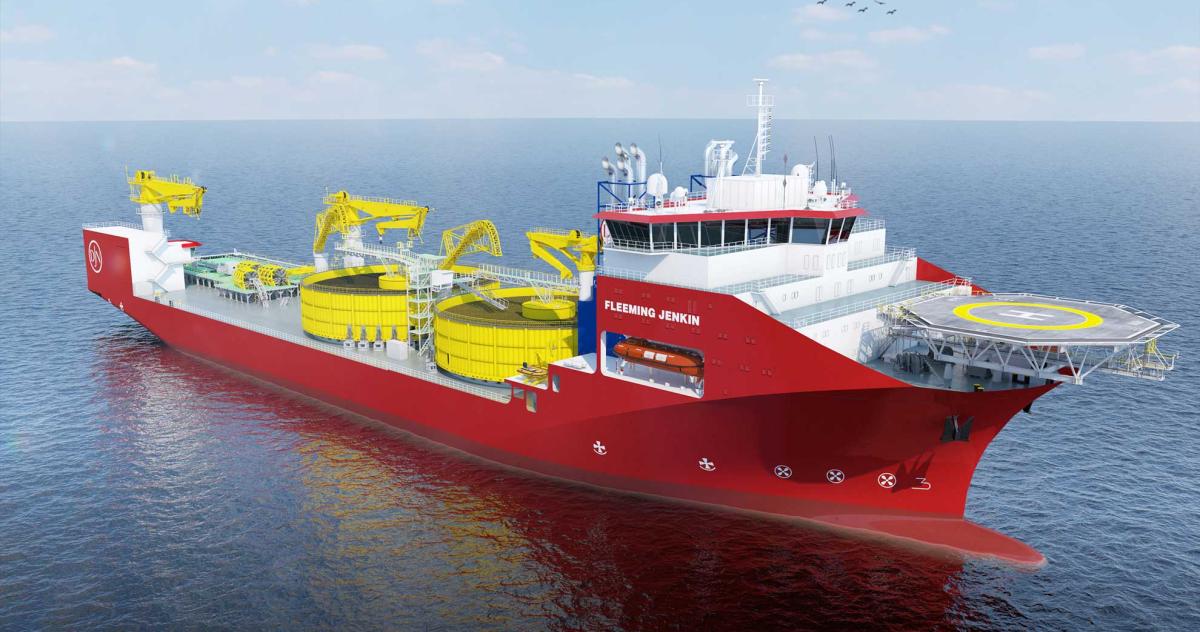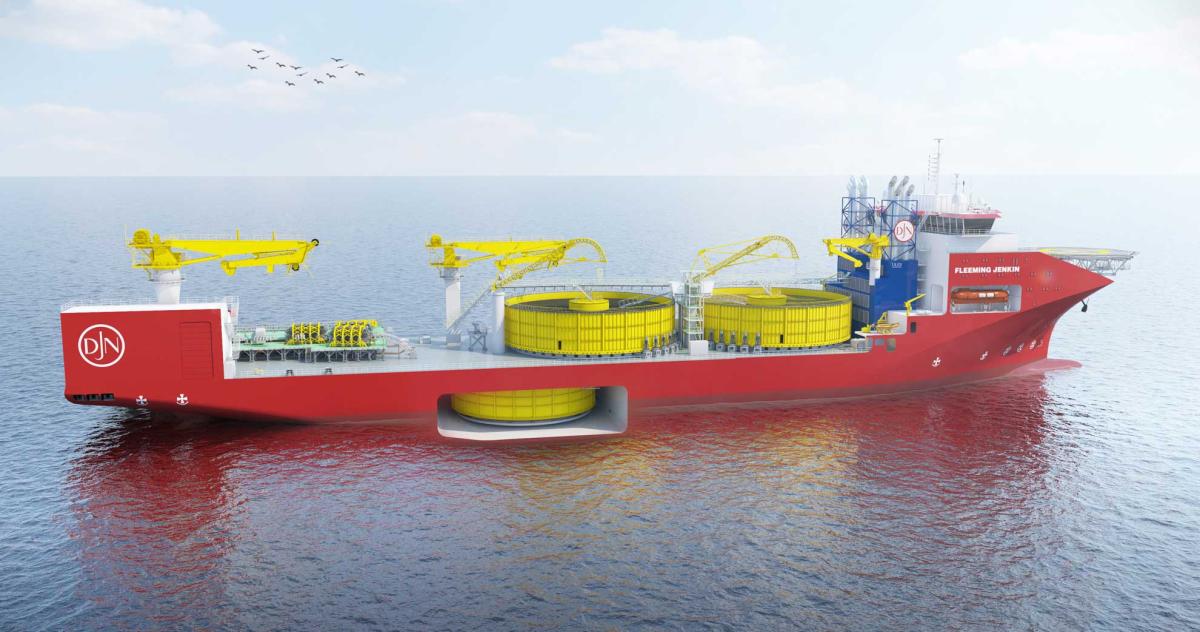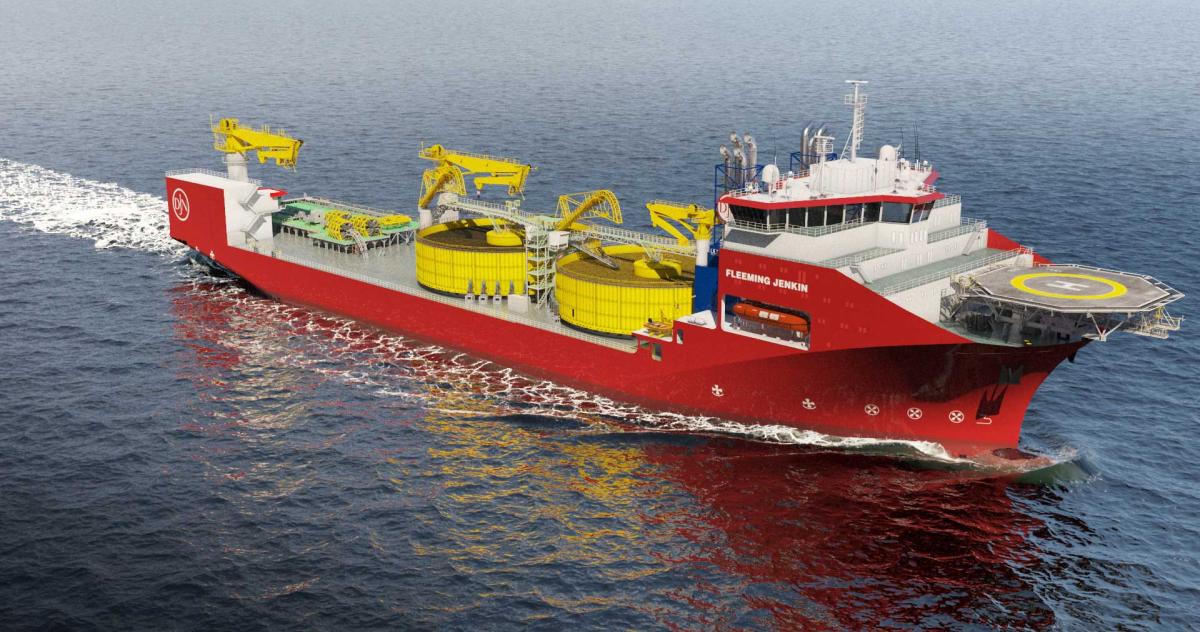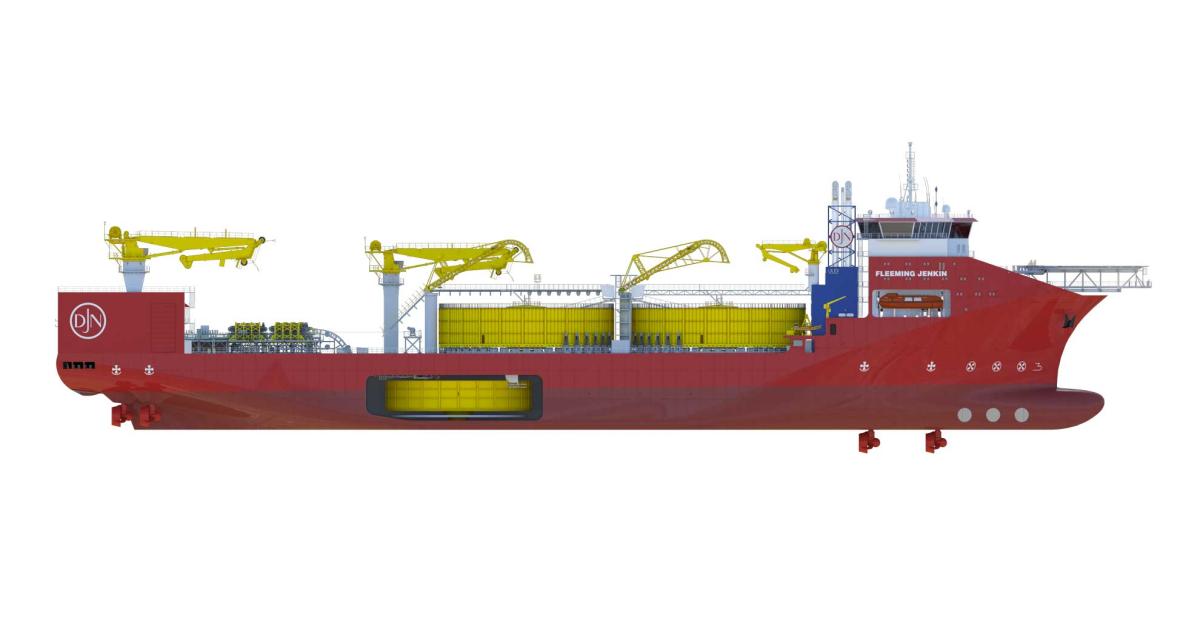Jan De Nul and Egypt join hands to bring green energy to Europe
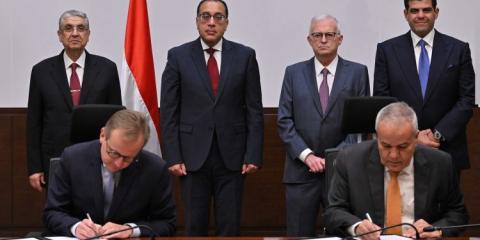
In late September, the Egyptian government reaffirmed its plans to build an undersea electricity cable connecting Egypt with Europe, so that electricity from Egyptian solar and wind installations can be delivered to the wider European energy market.
The interconnector will transport more than 2 gigawatts of solar and wind power from Egypt to Europe via an undersea power cable of about 1,000 km long. The current longest interconnector cable between Denmark and Britain measures 765km. To make it even more challenging, water depths along the cable track run up to 3,000m.
Jan De Nul Group will now carry out a financial and technical study with the ultimate intention of participating in the development of the export project. The study covers project financing, the production of green power, the installation and production of transmission systems such as cables, up to finding partners to connect to the existing grids in Europe.
Philippe Hutse, Director Jan De Nul Offshore Energy at Jan De Nul Group: "We are extremely happy with the conclusion of this agreement. Egypt recognises our expertise to install ever longer export cables on and in the seabed. We recently ordered a new next-generation cable installation vessel, the Fleeming Jenkin, which is twice the size of any existing cable-laying vessel in the world. We are building this ship for exactly this type of project: long distances, great depths. Something in which we absolutely stand out within the cable installation market. Egypt is clearly a pioneer in energy transition for the African continent and we look forward to supporting it in this.”
The start of the actual project execution is scheduled for 2027.
Caption picture: Wim Dhont, Offshore Cables Manager at Jan De Nul Group, and Salah Ezzat, Vice Chairman of EETC, signed the Memorandum of Understanding in the presence of Egyptian Prime Minister Mostafa Madbouly, Egyptian Energy Minister Mohamed Shaker El-Marqabi and engineer J.P.J. De Nul, CEO of Jan De Nul Group (Source picture: www.zawya.com). www.zawya.com).
On 2 October 2023, Jan De Nul Group ordered a new cable-laying vessel named Fleeming Jenkin. This vessel will have a cable transportation capacity of 28,000 tonnes, twice the capacity of any other cable-laying vessel currently available on the market. The vessel is especially designed to install longer and heavier cables in ultra-deep waters of up to 3,000 metres.
Egypt offers great potential for solar energy.
Compared to the greater part of Europe, conditions for generating solar energy are much better in Egypt. Along with other countries in the Middle East and North Africa, this region offers the world's greatest potential for solar power. For instance, cable connections already exist between Morocco and Spain, and plans are also underway to connect Tunisia to Italy, and Morocco directly to the UK. With the growing demand for green energy worldwide, the demand for intercontinental connections will only increase.
